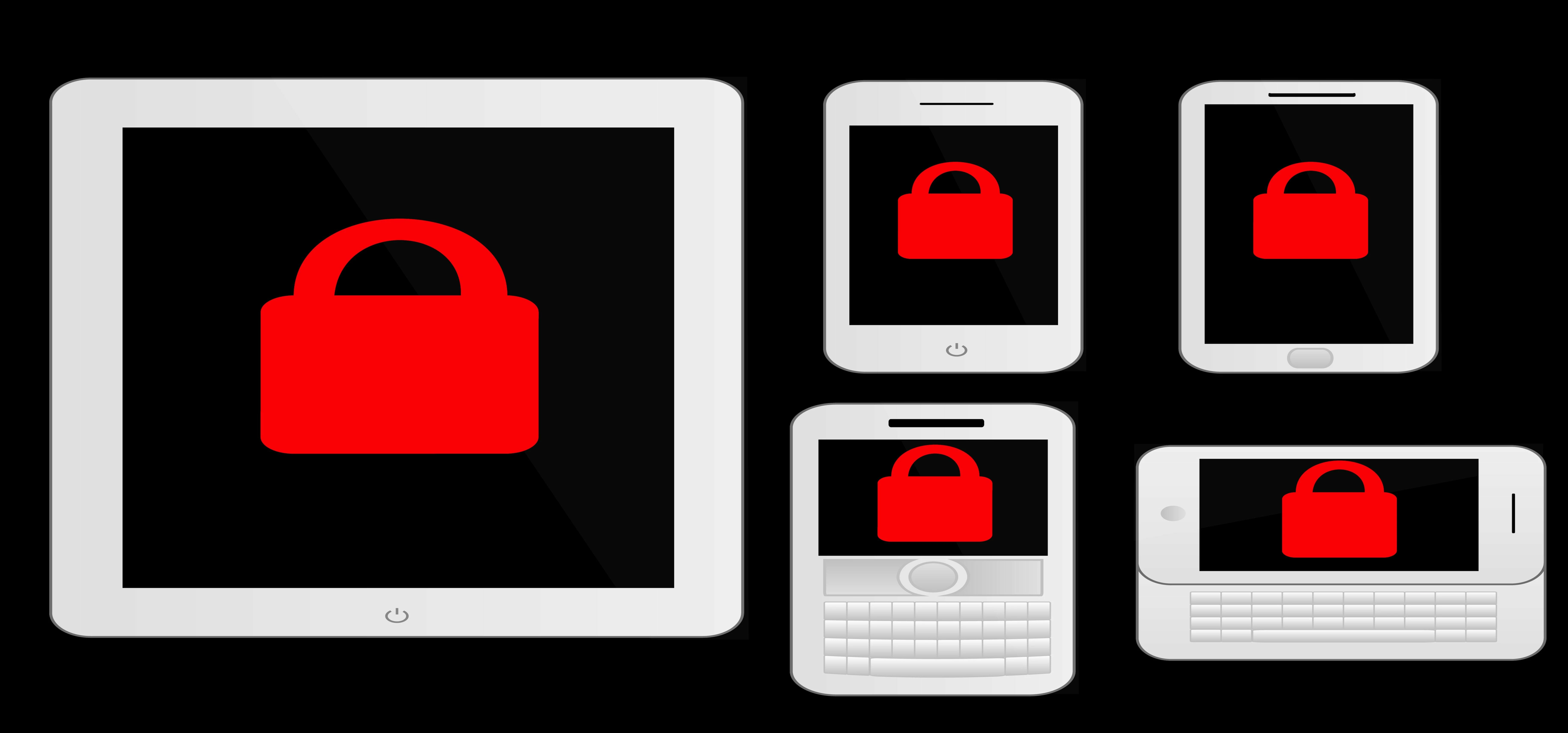
Partner Article
Embracing the change in secure mobility
While take-up of non-Blackberry mobile solutions in the private sector has been rapid, the public sector has largely remained in the BlackBerry era. However, recent pressure from end users and the availability of other secure, comprehensive alternatives has prompted the National Technical Authority for Information Assurance (or CESG) to develop and release mobile ‘End User Device’ guidance for the use of alternative mobile devices in the public sector.
The move away from the familiar to mobile presents fresh security challenges: open operating systems, malicious applications, and relinquishing trust of corporate data to the same device your employee uses to send tweets or personal emails. These guidelines enable public sector organisations to embrace secure mobility, in a way that’s been restricted to them thus far. Layering on top of this device management (“MDM”), CESG’s’ Security Guidance for Good Dynamics and Good for Enterprise’ gives public sector executives guidance on implementing Good’s secure solutions within their departments.
This is a critical point because most public sector enterprises come to realise that mobile can transform not only tasks but also complete line-of-business workflows, in so doing potentially contributing directly to major organisational transformations. But they also know that their top two assets to get the enterprise to its destination are their people and their data – which can be either a beneficial or lethal combination.
These recent announcements suggest that finally the public sector as a whole is much more willing to follow the private sector in the march towards a cross-platform, secure mobile world. Public sector organisations must embrace this change and its accompanying benefits, which include increased employee productivity levels, or face being left behind.
This was posted in Bdaily's Members' News section by Chris Roberts .








 Powering a new wave of regional screen indies
Powering a new wave of regional screen indies
 A new year and a new outlook for property scene
A new year and a new outlook for property scene
 Zero per cent - but maximum brand exposure
Zero per cent - but maximum brand exposure
 We don’t talk about money stress enough
We don’t talk about money stress enough
 A year of resilience, growth and collaboration
A year of resilience, growth and collaboration
 Apprenticeships: Lower standards risk safety
Apprenticeships: Lower standards risk safety
 Keeping it reel: Creating video in an authenticity era
Keeping it reel: Creating video in an authenticity era
 Budget: Creating a more vibrant market economy
Budget: Creating a more vibrant market economy
 Celebrating excellence and community support
Celebrating excellence and community support
 The value of nurturing homegrown innovation
The value of nurturing homegrown innovation
 A dynamic, fair and innovative economy
A dynamic, fair and innovative economy
 Navigating the property investment market
Navigating the property investment market